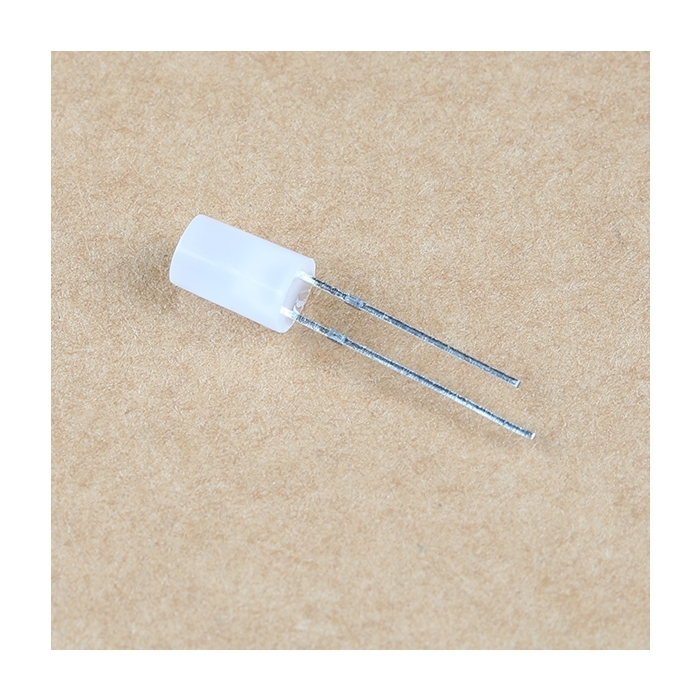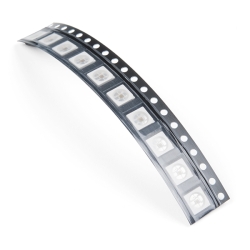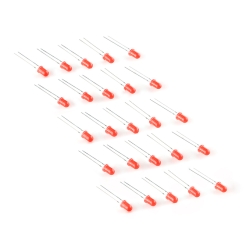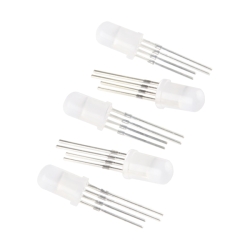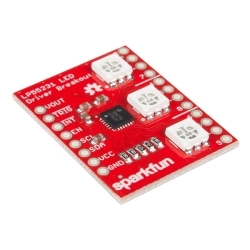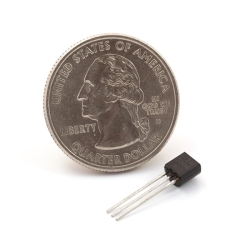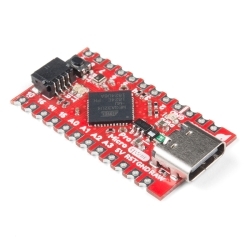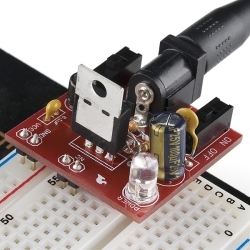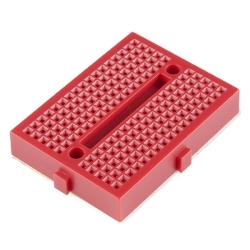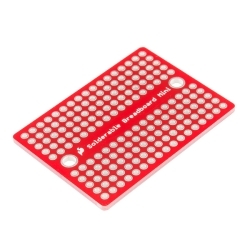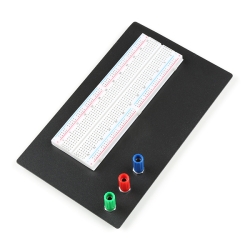RGB LED 'OWire' - 2 Pin PTH 4mm Concave
Product Overview
Have you ever seen those strings of fairy lights, or pre-lit Christmas trees, that change colors with a little remote? Have you ever noticed that they only have two wires? How do they do that? Well it turns out that this is how: Special LEDs!
These 4mm LEDs are like a compromise between color cycling LEDs and fully addressable LEDs. While you aren't able to individually address each LED in the chain, you can change the color and mode of all LEDs in the chain. We call these "OWire" LEDs because there's no "signal" wire, just power and ground. In order to change modes you wiggle the power LED in a 7-bit pattern depending on the mode/color you want. Don't worry, we've written an Arduino library! A single LED will run just fine from a GPIO pin, but if you want to put a lot of LEDs in parallel, you'll want to use a MOSFET to signal the power rail. Check the documents for an example schematic.
Features & Specs
- 4mm PTH LED with Concave Lens
- 2 Pins
- Forward Voltage: 3.2VDC
- 8 Modes and 7 colors (plus color combos)
Customer Reviews

Stock and Customer Discounts
Available Discounts
- $0.48 | 25+ units
- $0.45 | 100+ units

